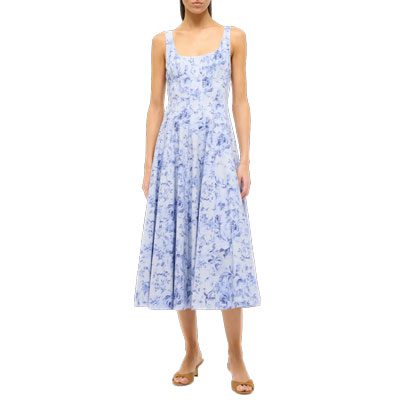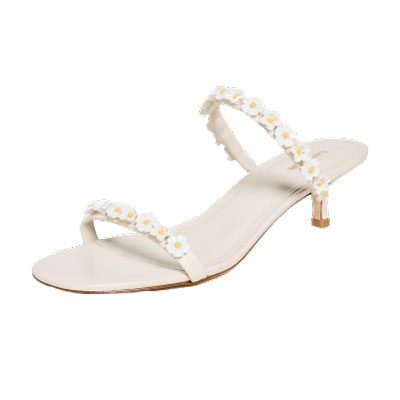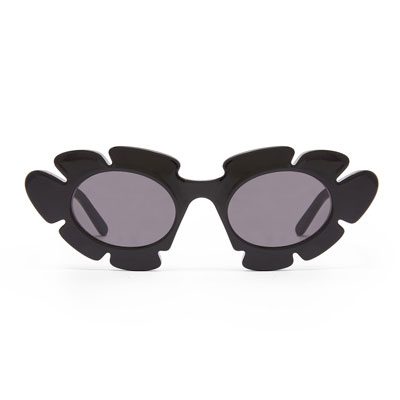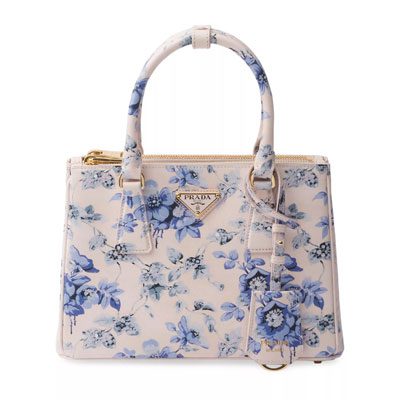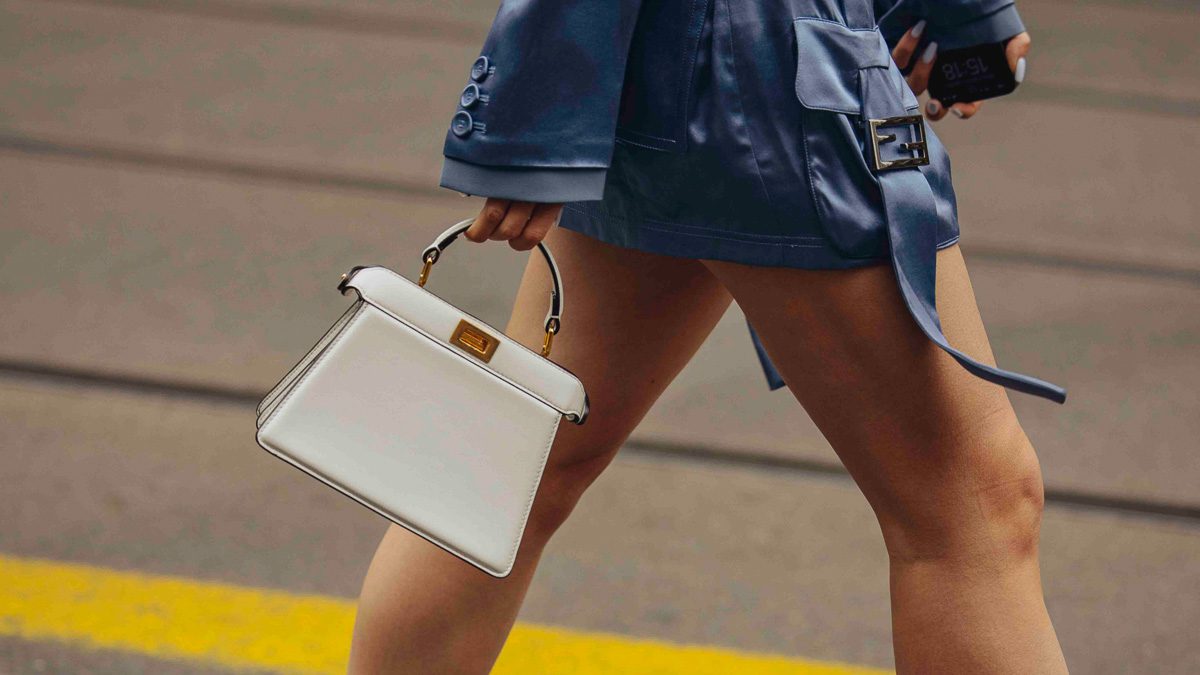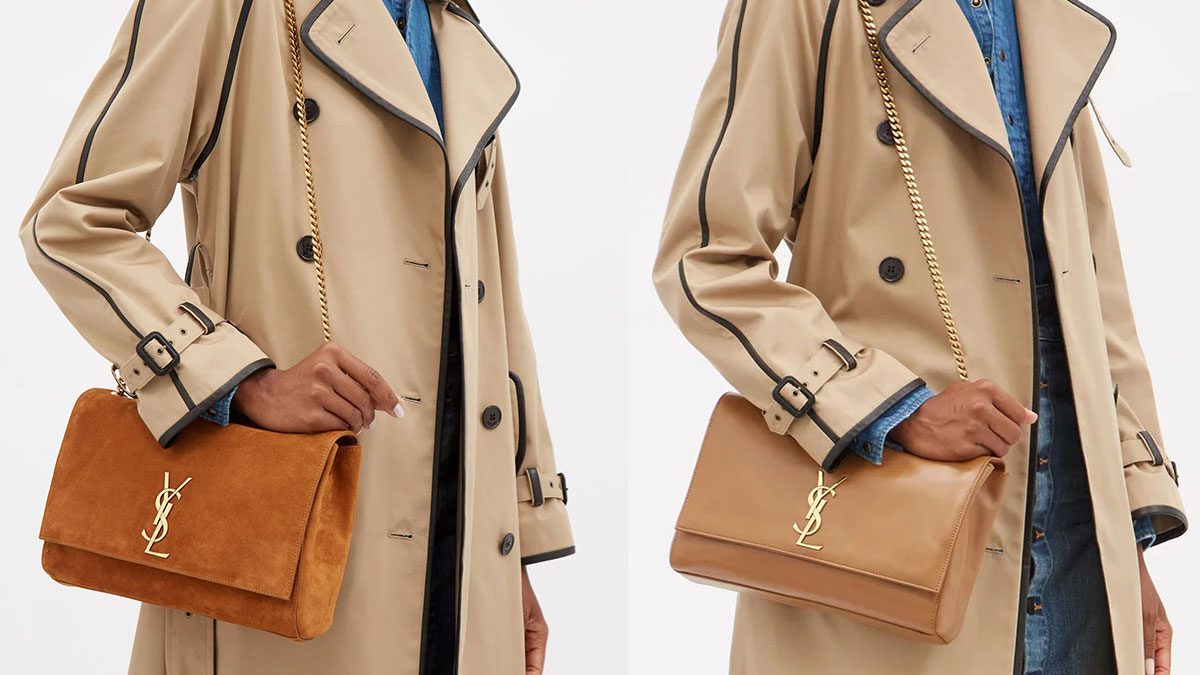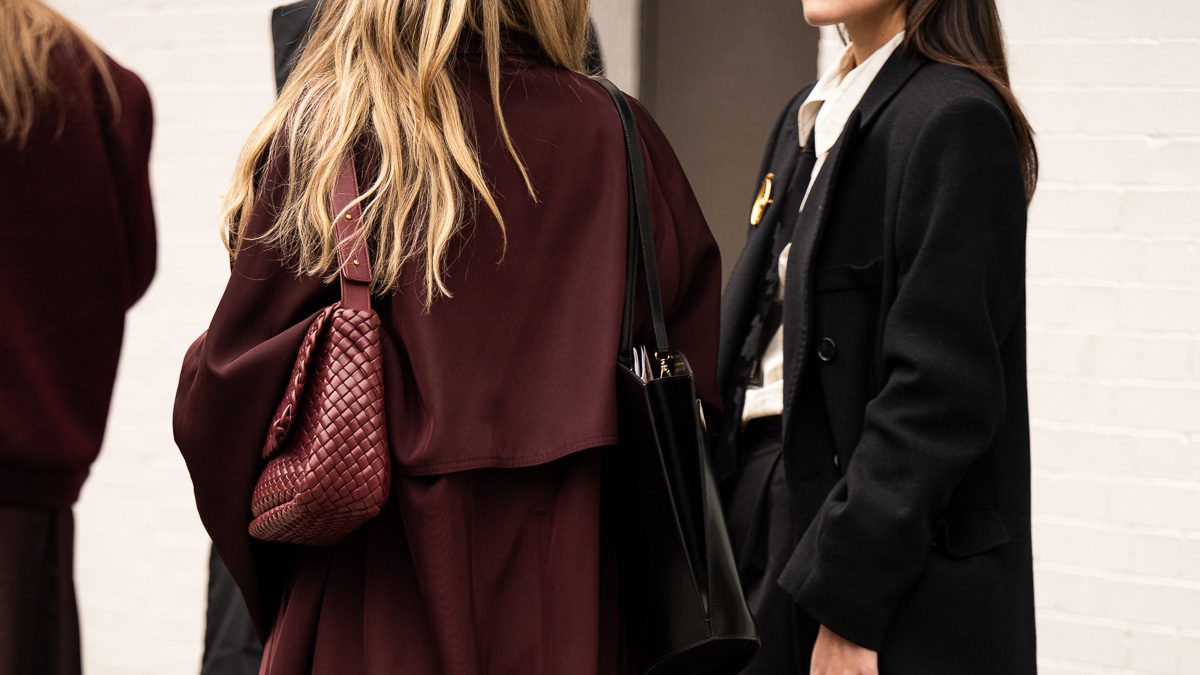Almost all of us have heard at least one of those weird unwritten fashion rules: Don’t wear white after Labor Day. Sneakers are only meant for exercising. Don’t mix black and brown.
They are usually imposed on us by older relatives that see to it that a certain classical way of dressing gets passed down like some dusty old knick-knack. And while I don’t personally believe that any of these rules are bad or have never served a purpose, I just think that like all things, trends come and go so most of these so-called rules, if they can’t be outright broken, can still offer us some leeway in how we choose to apply those standards when putting together outfits.
For instance, us fashion-focused folks know that winter white is totally a thing, sneakers can be both fashionable AND comfortable, and black/brown tortoise shell print is super chic. But I still have always wondered what rules exist when it comes to our hardware. Are there any requirements for how we should adorn ourselves with all of those little shiny bits that we use to spruce up our look? Is there an ideal for how our jewelry, sunglasses, and purse hardware should all coincide? After all, we spend a lot of time picking out a bag with the perfect specs so, should we be mixing our metals?
For starters, the traditional belief is that we should never mix metals and always strive for complete unison. This kind of makes sense because owning full jewelry sets used to be much more commonplace and the metal options pretty much stopped at gold or silver. This created a sense of opposition between the two and sometimes gave collective preference for one or the other during certain eras. As an example, this way of flip-flopping in and out of style was never more obvious than it is with the popularity of yellow gold.
One generation of women might have loved nothing more than to deck themselves out in striking polished 18k gold while another might see it as overly flashy and prefer the allure of lustrous silvery pieces. (see also: the early 2000s). Its popularity wanes but it always comes back around. And now in contemporary times, we not only are rocking many more ornamental pieces than in yesteryear (smartwatches, facial piercings, etc.), but we also have more choices of metal color that have undermined the strictness of the traditional rule.
No longer only contrasted against shiny metallic silvers or dazzling white gold, now there is also Rose Gold- a pinkish alloy blend that has a way of being both youthful and serene without ever appearing overstated. Similarly, there is also Champagne Gold (sometimes called Brushed Gold) that has become an increasingly common hardware option on big-name bags like Chanel and Dior. Its color is still a tad lighter and softer than 14k gold, giving it the unique ability to reflect both white and yellow light so that it never leans too hard in either direction and makes it a great “transitional” option for those who do like to mix.
On the silver side of the spectrum, there are dozens of options that share a shade, making them easy to wear all together. Sterling silver, palladium, white gold, and platinum work seamlessly together but since these metals always take center stage, they overshadow the few rarer but equally enticing options; Like pewter – a naturally grey alloy that contains varying amounts of copper or silver, giving it an interesting range of tones that at its darkest can look almost black to the lightest being an interesting metallic silver-tinted taupe kind of color.
When pondering if we should be mixing metals I am inclined to say that we can, as long as it looks deliberate. Details make a difference and many accessory brands have already hopped onto the trend of making pieces that purposely incorporate mixed metals. Using any of these as transitional pieces can help with establishing the intentionality of the look and let us have all of the glamour without it ever being considered “gaudy.”
Still yet, I’m personally in the classical camp and like to keep my metals united as much as possible and as a result, I try to keep an even balance between bags with either brushed gold or silver hardware in my collection.
I love to go for those transitional colors for my other accessories so that they can act as a workaround and ensure I don’t ever feel like anything is clashing too much. Nevertheless, there is no way to truly dictate whether we should or should not mix since we all have the freedom to wear whatever color suits our fancy. Maybe our favorite metal color doesn’t follow the modern rule that it should flatter our skin tone or maybe we just feel like going all out on a particular day and stack every shade on top of one another. In any case, we should get dressed without limiting ourselves and not do things a certain way just because we feel like we have to. Some of us simply may be more naturally inclined to lean one way while others, like our own Kaitlin, prefer to add an unpredictable cue to their look.
So, now I want to know your opinion. What is your favorite hardware color? Do you mix your metals? Does hardware color influence your bag-buying decisions?





